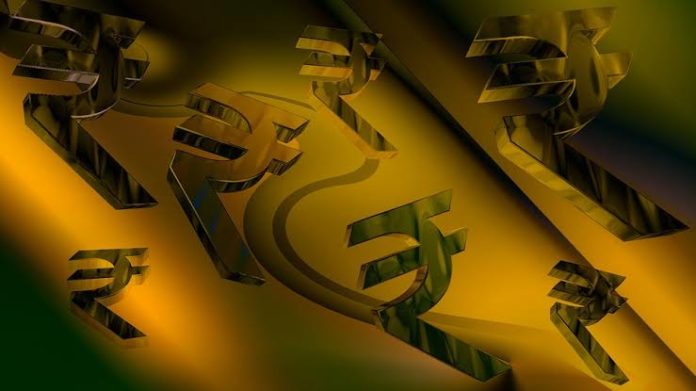New Delhi (NVI): With the latest quarterly Gross Domestic Product growth rate having plunged to a six-year low at 4.5%, can India still successfully chase its dream of being a $5 trillion economy? Yes and No, say economists citing a range of reasons– from strong fundamentals to Government failure in uplifting the economic mood and private consumption.
Although there have been no definite answers so far from the Government as to how the economy will nearly double from its present size of $ 2.72 trillion to become a $5 trillion one in next five years, a sizeable number of economists remain hopeful while others are not.
As per the Economic Survey 2018-19, to achieve the objective of becoming a US$ 5 trillion economy by 2024-25, India needs to sustain a real GDP growth rate of 8%. The latest data of slowdown in economic growth has taken away from India the tag of world’s fastest growing major economy to China.
Chief Economic Advisor (CEA) K.V. Subramanian has expressed hope that the country’s gross domestic product (GDP) is likely to pick up in the next quarter of the current financial.
India’s economic growth fell to a 26-quarter low in the July-September quarter at 4.5% leading to economists now revising full year GDP growth forecasts down to sub-5.5% level, a significant decline from the 7% forecast put out by the government in the Economic Survey.
The downfall of the economy has been persisting for quite some time now with the Government’s own data in Parliament last week showing how the economy has slowed over successive quarters of last fiscal and the first half of this fiscal. GDP was up at 8% in the April-June period of 2018 but then went into a downward spiral – 7%, 6.6% and 5.8% in the remaining three quarters of the fiscal year. In the first quarter of 2019-20, India grew at 5% and now at 4.5%.
Government data has shown that a slowing economic engine has already meant record low job creation at an over four-decade low, dwindling income of farmers, large scale additional job losses in sectors such as automobiles and information technology and lately, rising prices.
But if one were to look at things from the perspective of Finance Minister Nirmala Sitharaman, then India is still not doing too badly. She recently told Rajya Sabha that India was not in recession though growth had come down and “it won’t be a recession ever”.
Sitharaman quoted various data points to show how the economy had done far better under the first term of the Modi government than in the second term of the UPA.
According to Q2 data released on Friday, nominal GDP growth fell to 6.1% against 8% in Q1 while GVA growth dipped to 4.3% from 4.9%. The manufacturing sector contracted at -1% in Q2, farm sector growth rate fell to 2.1%. Another set of government data showed that the output of eight core infrastructure industries contracted by 5.8% in October, underlining the severity of the economic slowdown.
Economists have time and again pointed out that the government needs to do much of the heavy lifting to prevent further sagging of economic growth through bold reforms, particularly related to land and labour besides through a combination of monetary and fiscal easing.
The Reserve Bank of India (RBI) has been doing its bit by slashing interest rates in five successive monetary policies despite inflation rearing its ugly head once again in recent months. On its part, the government has also announced a slew of measures to boost private investment such a drastic reduction in headline corporate tax rate. It has also announced sector-specific measures and is also working on easing systemic liquidity.
But economists point out that there is no visible move to boost private consumption. The government has taken ample number of measures on the supply side but is seen doing precious little to boost demand. Reacting to the Q2 GDP data, former Prime Minister Manmohan Singh, a noted economist himself, said the current state of the Indian economy was “unacceptable”.
“The sharp decline of GDP from 5% in Q1 to 4.5% in Q2 is worrisome. Mere changes in economic policies will not help revive the economy,” he said recently.
Former Economic Affairs Secretary Subhash Chandra Garg told a television channel that the 4.5% GDP growth number confirmed that there was “deeper” slowdown in the economy and there was a “good likelihood of the fiscal deficit not being contained at anywhere between 3.3% to 3.5% but inching closer to 4% this fiscal.”
According to FICCI president Sandip Somani in the coming months, the singular agenda for the government and RBI should be revival of the economy. “We expect greater stimulus and counter-cyclical measures from the government and further easing of the monetary policy by the central bank. Additionally, there is a need to look at some stronger measures to ease the log-jam in sectors like housing and real estate, NBFCs, telecom and automobiles and we hope that some more measures will be announced at the earliest.”
Analysts and experts were of the view that the government did not do enough to address the issue of slowdown in demand. They argued that declining demand is among the prime reasons for economic slowdown.
-nad








